My name is June, and I’d like to share my journey with scoliosis if it means I can help anyone else like me. I was around twelve years old when I first heard the word scoliosis. It happened at dance class on a Tuesday. At this point, I had been dancing for nine years. I was at the studio every single day for three to five hours, and it was my greatest joy. Dance kept me sane and happy; it was where I felt most like myself. More significantly, it was where I was growing up.
As we were stretching that day, I felt a strange pain in my ribs. It felt off when I would breathe. One of my teachers asked if I knew what scoliosis was because he thought I might have it. I laughed it off and told my mom later that night. She said we’d ask the doctor about it at my next appointment. At that visit, my doctor had me bend over and checked my spine. She confirmed that, yes, it looked like I had scoliosis. She asked if my school nurse had ever checked me for it, and I remembered those random screenings during gym class- we were never even told what they were for. There was no awareness about it, especially for kids my age.
After X-rays, I was told I had about a twenty-three degree curve- mild enough not to panic, but serious enough to keep an eye on. A few months later, it had worsened slightly, and I was fitted for a brace. I wore it every night for about four or five months. I kept dancing. I went to school. Everything stayed the same. Nothing seemed severe- until it did.
When I went back to the doctor, they took new X-rays, and when the physician pulled them up on the screen, he gasped. My curve had jumped from the twenties to the fifties in just a few months. The brace wasn’t helping anymore.
I was referred to an orthopedic surgeon who specialized in scoliosis, but the earliest appointment was two months away. When I finally went in, I expected to hear about treatment options; maybe a new brace, maybe physical therapy. Instead, the doctor walked in after reviewing my scans and said, “Let’s schedule your surgery.” My mom nearly fell out of her chair. I was only thirteen. I’d never been sick, never had surgery, and suddenly I was being told I needed a major operation.
My curve had now reached sixty-three degrees. The doctor said if we didn’t act soon, I’d live a life of pain. I don’t think I fully understood what was happening. I remember thinking, ‘Cool, I’m getting surgery! My friends can visit me in the hospital, I’ll get gifts, and I’ll have a story to tell.’ I didn’t fully comprehend that they were about to put metal rods inside my spine.
Around that same time, I had to tell my dance team about the surgery. The timing couldn’t have been worse. I found out in September, had surgery in December, and competition season began in February. My team was supportive but realistic — recovery could take months. My doctors and my mom told me to sit the season out. But I had already learned the dances. My team was counting on me.
So I made a promise to myself: I will compete this season.
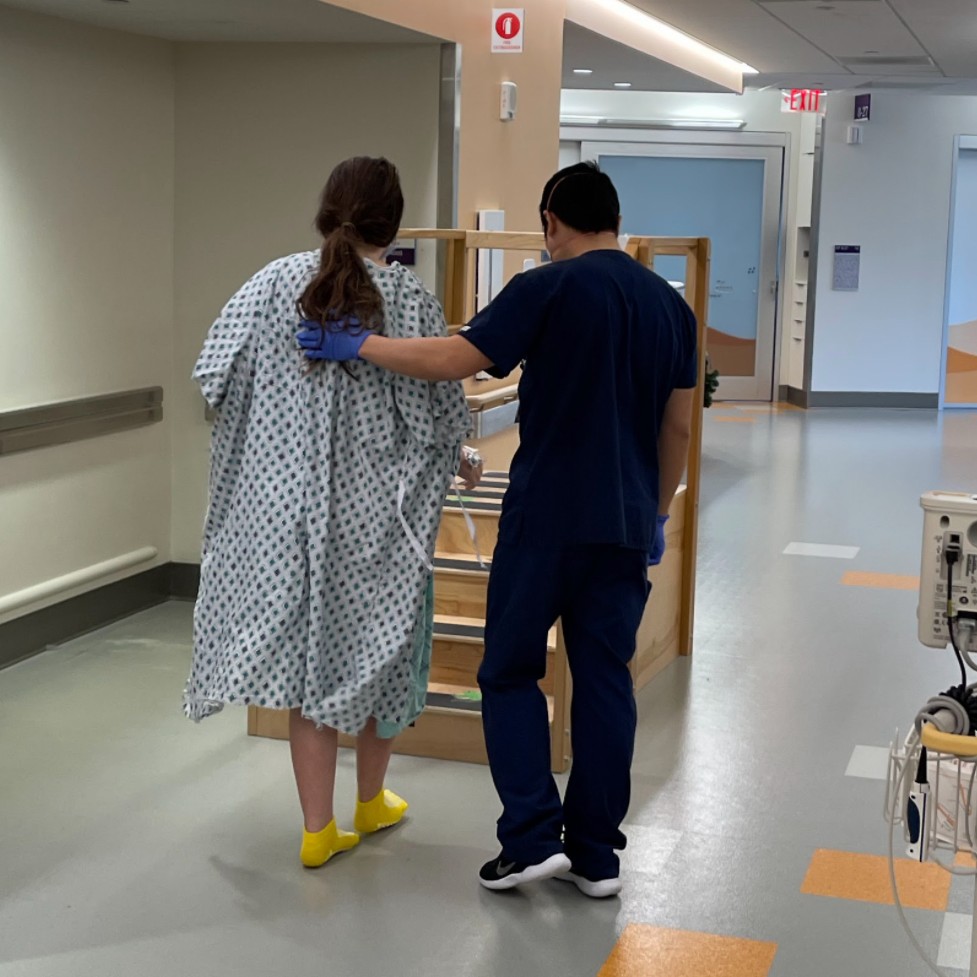
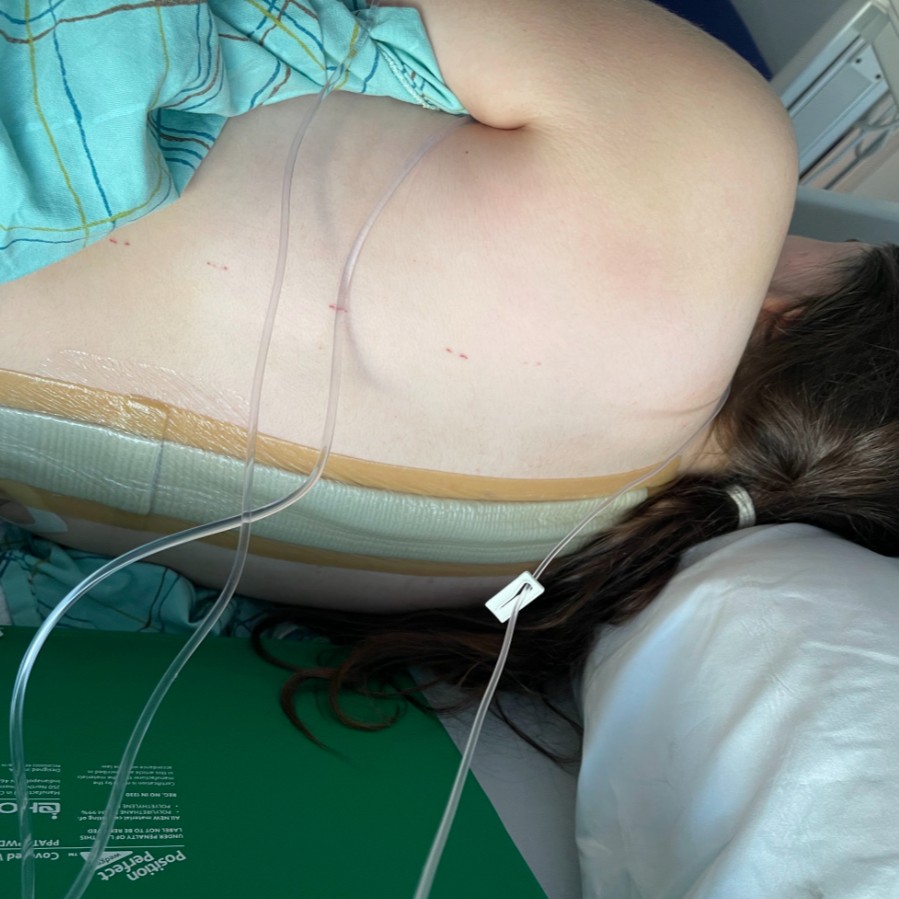
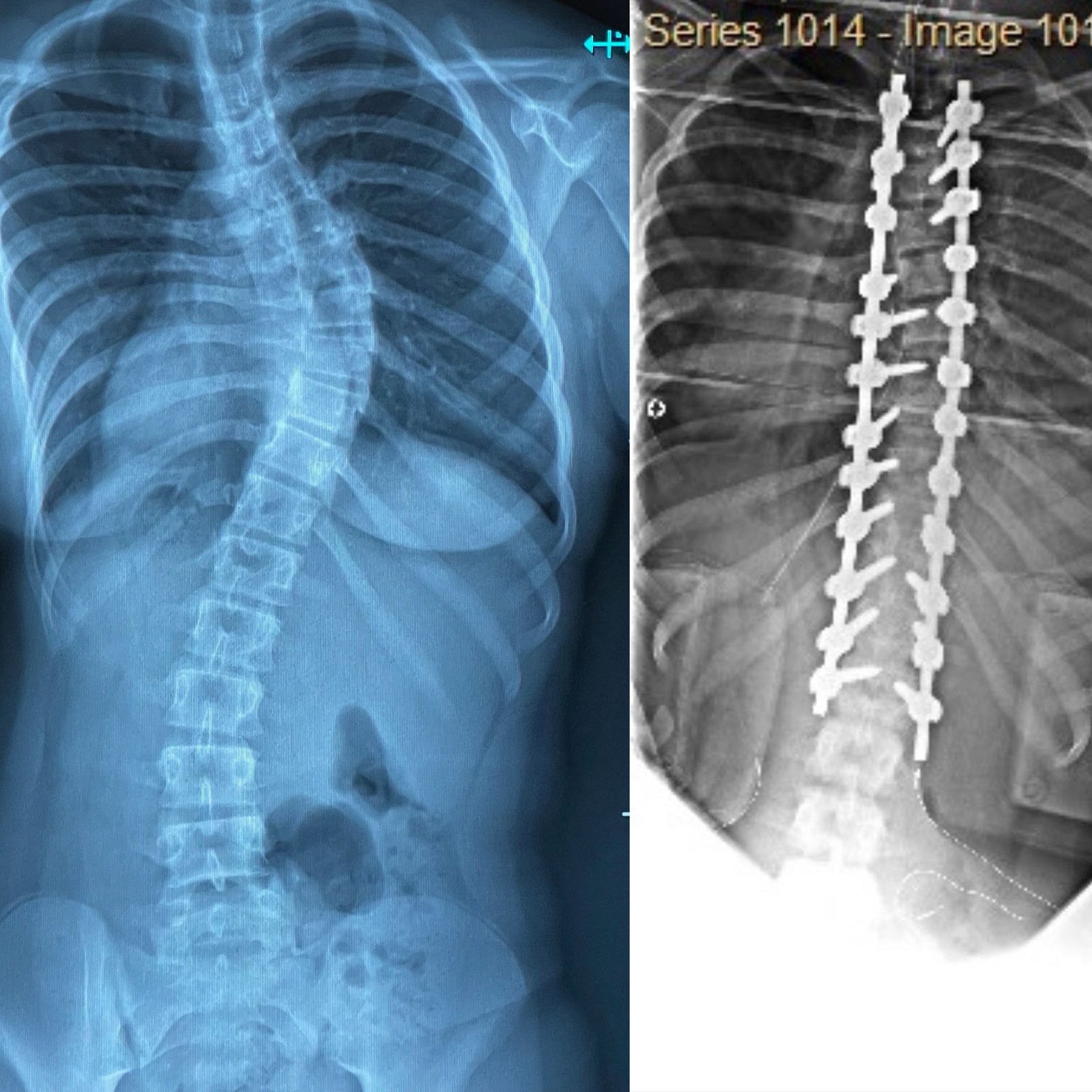
The day of my surgery is forever burned into my memory. It was freezing outside when we arrived at the hospital early that morning. I remember being prepped, smiling, and laughing with my parents, even though they were terrified. As they wheeled me into the operating room, I saw all the doctors above me, their faces blurred by the bright lights. That was my last moment of oblivion.
When I opened my eyes again, I was in a very dark, cold room. The only light came from the blinking machines behind me. For the first ten seconds, it was silent- just my eyes wandering erratically. I thought maybe I couldn’t move. Maybe I was paralyzed. Then, suddenly, the silence exploded into noise — machines beeping, alarms sounding, nurses moving. The pain hit soon after.
It was a kind of pain no one can prepare you for- it was consuming, impossible. I could barely speak or even move to call for help. I lay there terrified, wishing I were numb. For almost two weeks in the hospital, I didn’t eat, didn’t sleep, and barely moved. It took multiple people just to help me roll over. I was on every pain medication they could give me, and still, it wasn’t enough.
Unfortunately, when I finally got home, things didn’t get easier. I cried every day. I was angry at my body for betraying me, for making me go through something so brutal. I didn’t understand why healing had to hurt so much. After surgery, when I could barely walk, my promise to dance felt impossible. I remember lying in bed at a loss. Until I had a revelation:
No one could take the pain away for me. If I wanted to get better, I had to fight for it. So I did. I took every chance I had to be in the studio, even if I was just sitting and absorbing. I did every type of physical therapy and exercise I could find. My parents watched in awe as I broke down every barrier in my way.
Each day, I tried a little harder- and each day, I got a little better. There was no other direction to go in; besides up. Slowly but surely, my body had learned this new language.
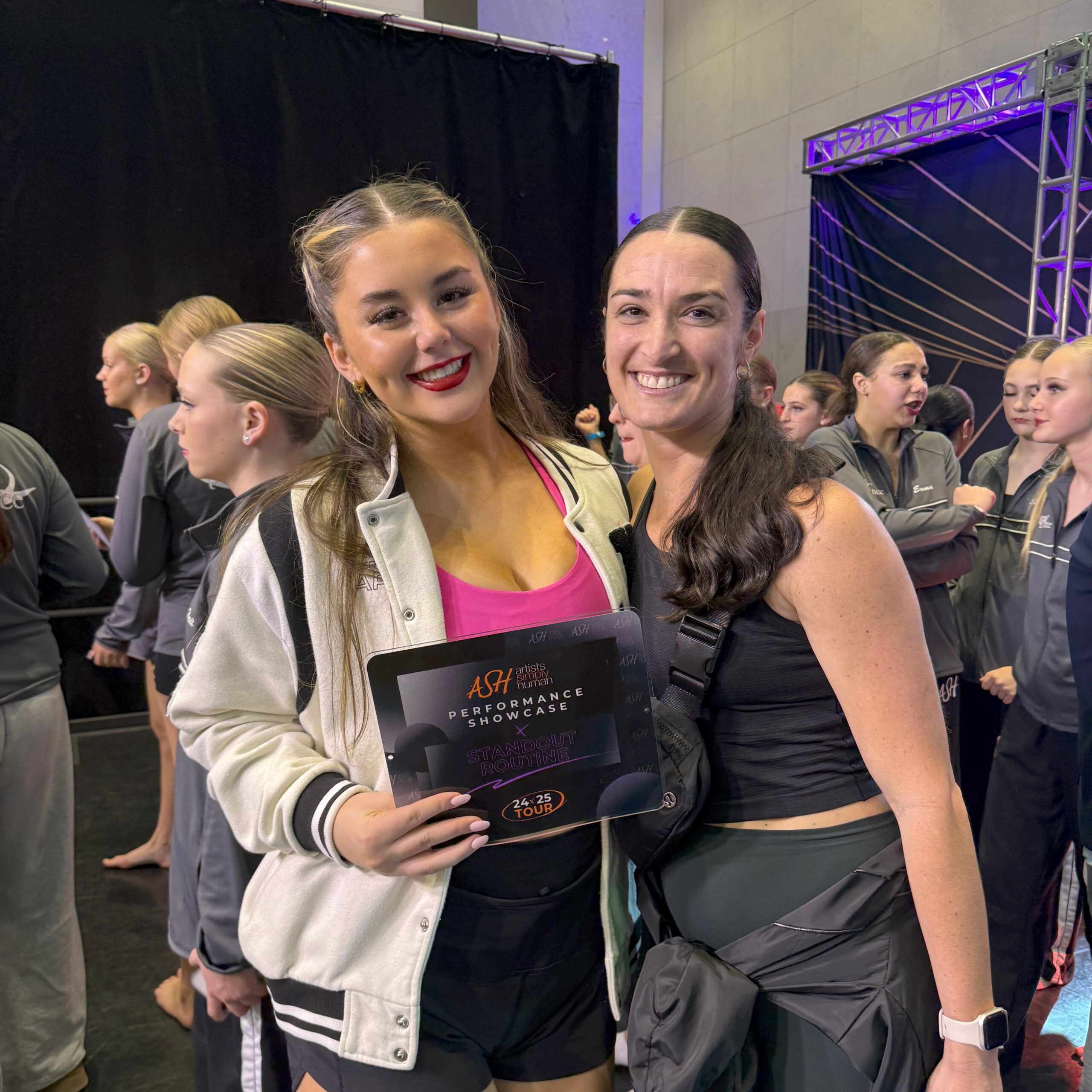
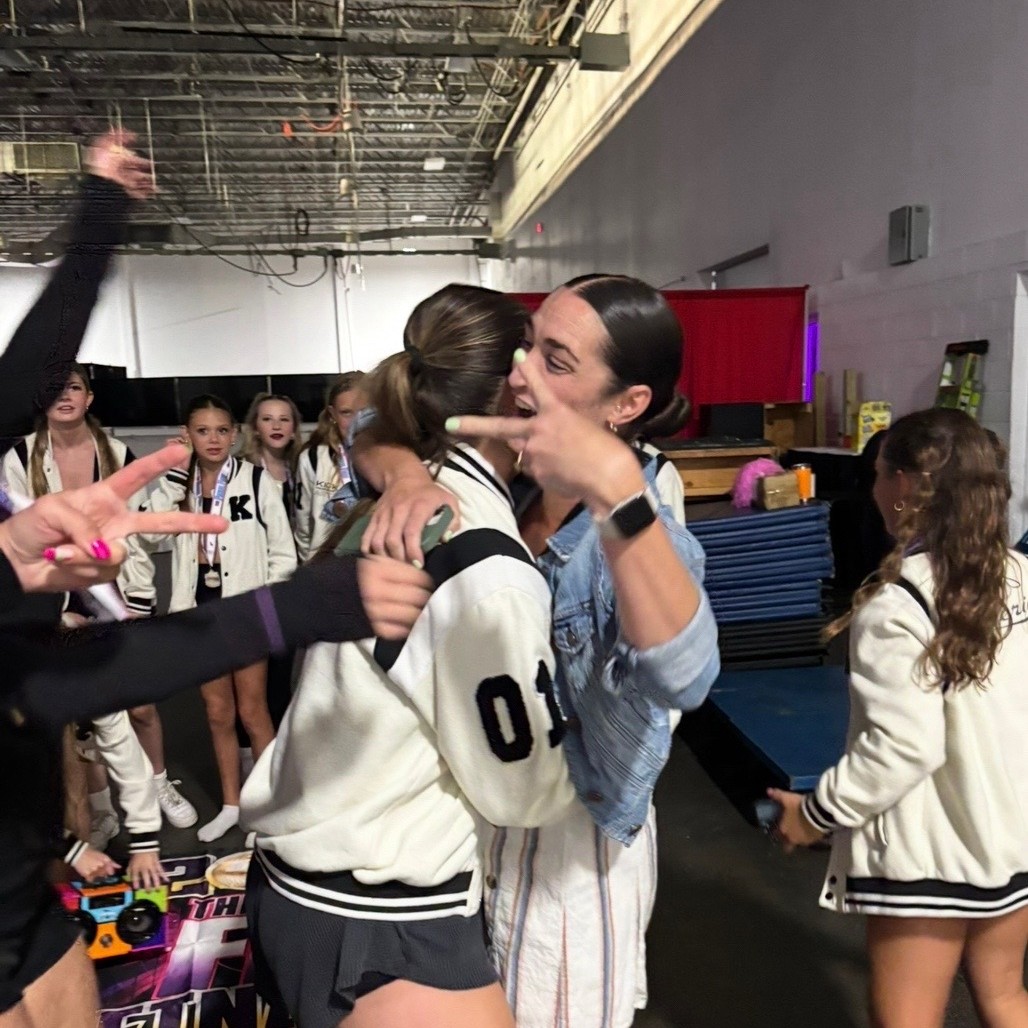
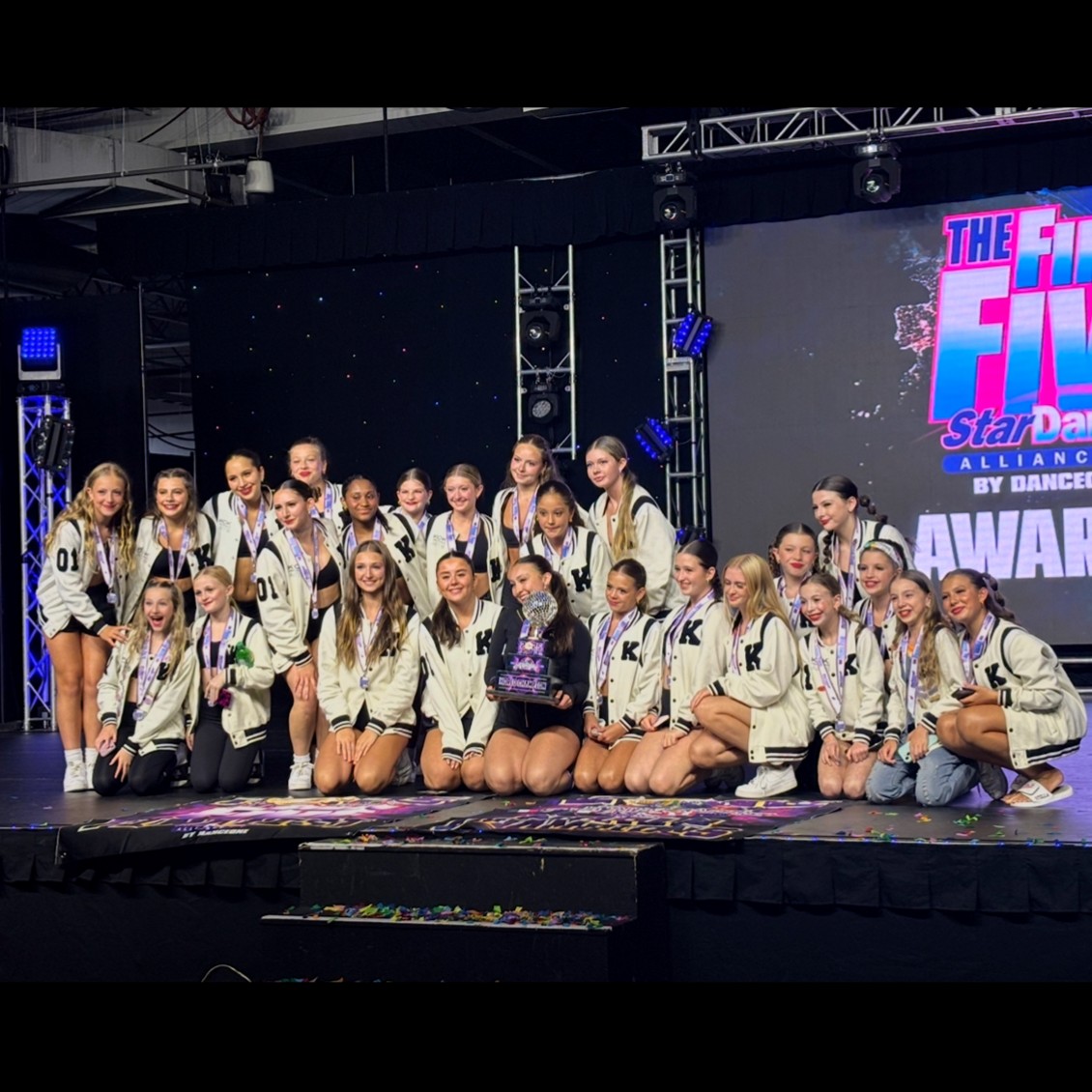
By March, only around 4 months after surgery, I was back on stage competing with my team. We won at every competition. I was performing all of my group dances and solos. We went on to win world championships and nationals that year.
Although my actual scoliosis surgery timeframe was only around 7-8 months duration, it has become a part of who I am. A very large portion of this journey is still happening: my growth.
Since my surgery, I have come to realize many things, one specifically: scoliosis surgery isn’t like other surgeries. In most surgeries, doctors remove or fix something to make you feel better. But in this one, they completely rearrange your spine- the center of who you are- and your body is forced to relearn how to live with it. It’s scary and invasive, but it’s also life changing.
Looking back, this journey has changed everything about how I see myself. It taught me that we are capable of enduring things we never imagined. Surgery is scary. Recovery is hard. But I simply learned that I can do scary and hard things.
Now, every time I dance, I think about all the young boys and girls who are going through what I did; and need them to understand- You’re going to move again. You’re going to dance again. And you’re going to be stronger than ever. More often than not, the hardest battles give you the strongest wings.
Read more patient stories like this from around the world.





